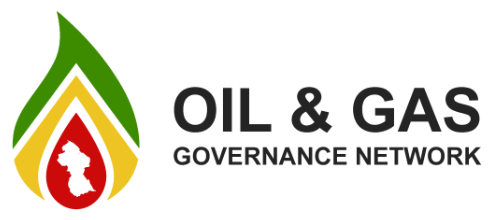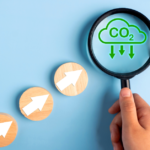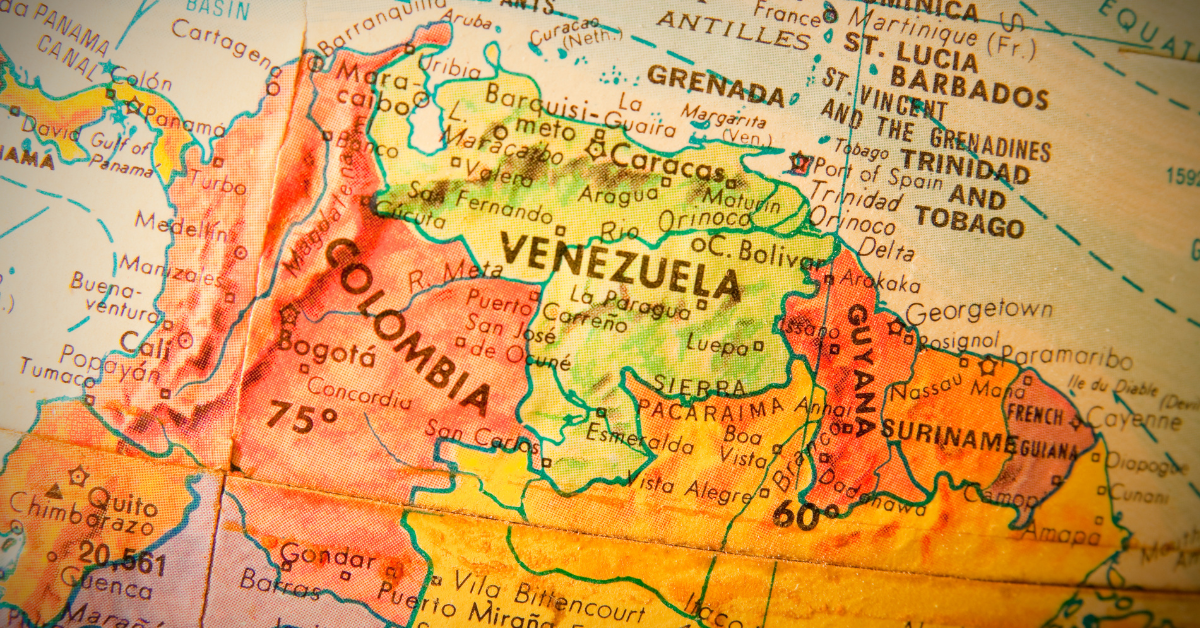For the attention of Board chairman James H Quigley, Chief Executive Office John B Hess, and shareholders in the Hess Corporation
Via Lorrie Hecker, Vice President for Communications, e-mail lhecker@hess.com
Subject: Queries about the purchase by Hess Corporation of jurisdictional carbon credits from the Government of Guyana
We refer to your Press statement dated December 2, 2022, titled ‘Hess Corporation and the Government of Guyana announce REDD+ carbon credits purchase agreement’
We suggest that your Press statement is an indicator that your due diligence may have been less than perfect with regard to this purchase agreement. We make seven points.
- REDD+ – this acronym includes the active verb ‘Reducing’ for [carbon] emissions from forest-based deforestation and forest degradation. It indicates both a formal policy commitment and also verifiable activities and results. However, the two concerned government agencies in Guyana (Guyana Forestry Commission – GFC and Guyana Geology and Mines Commission – GGMC) have no active programmes or activities for reducing emission of forest carbon. The GFC’s Code of Practice specified reduced-impact logging (RIL) but that is intended to protect the soils and advance tree regeneration from logging damage. There are no recent reports that RIL is being practised by the loggers. The GGMC has a requirement in the Mining Regulations 2005 for restoration of the deforested areas cleared for artisanal hydraulic mining for gold, but restoration does not take place anywhere routinely. That is, the aspiration for REDD+ included in the Norway-Guyana Memorandum of Understanding (2009-2015) and the current Low Carbon Development Strategy 2030 is not being backed by serious policy commitments or practices.
- Relevant State agencies in Guyana for administration of forest are the GFC for 12.143 million hectares (Mha) of natural tropical rainforest, Guyana Lands and Surveys Commission for 2.453 Mha of forest on State Lands, and the Protected Areas Commission for 1.092 Mha of forest; a total of 15.687 Mha of forest or 87 per cent out of a national total of 18.070 Mha.
- The 2.299 Mha of forest standing on titled Indigenous areas (Amerindian Village Lands) are not at the disposal of the Government of Guyana, without the explicit agreement by vote at a formal Village meeting. That is the law in the Amerindian Act cap. 29:01 2006. No such vote has been taken in any Amerindian Village.
- Since 2009 the Government of Guyana has also subscribed to the principle of Free, Prior and Informed Consent (FPIC), as laid out in the United Nations Declaration of the Rights of Indigenous Peoples (UNDRIP) which Guyana endorsed formally in 2007. As the Amerindian Peoples Association notes in a Press release today December 15, this implies that the carbon in the State Forests and State Lands forests which overlie the customary lands of the Indigenous Peoples also cannot be traded by the Government without explicit agreement of the relevant Amerindian Villages and untitled Communities. These are the forests standing on the approximately 5.774 Mha of (untitled) customary lands.
- It appears from the Press release of Winrock/ART on December 1, 2022, that the 33.47 million jurisdictional carbon credits issued by Winrock/ART through its TREES scheme include credits attributed to those Amerindian forests. It appears also that the Hess Corporation has purchased or committed to purchasing such credits in its total of 37.5 million credits for a nominal USD 750 million. I believe that this is an error by the Hess Corporation as such credits have not been offered for sale by the Amerindian communities.
- You may wish also to question exactly what these carbon credits represent. Some of Guyana’s natural tropical rainforests have not yet been logged or destroyed by gold mining but over 5 Mha are currently licensed for logging and most of that area has been repeatedly logged. There is no formal reforestation or post-logging silviculture to restore the slow-growing natural forest on these very infertile soils.
- The natural forest is in ecological equilibrium. The trees ‘breathe’ in carbon dioxide by day and synthesise the gas into sugars and wood fibre, and ‘exhale’ carbon dioxide continuously as a by-product of generating energy for survival and growth. Trees grow over long periods, and trees die and decay over short periods, but the system is in equilibrium; obviously, otherwise the globe would be covered by enormous trees. Certainly the standing forests of Guyana contain gigatonnes of carbon, but that carbon is recycled through growth and death. The idea that the forests sequester additional large amounts of carbon continuously is wrong, indeed ludicrous. These forests are not expanding naturally into the natural savannas of Guyana, and the repeated logging is largely preventing recovery of the amount of the pre-logging carbon stock, as it did in Malaysia a few decades ago. So what has Hess Corporation purchased? We are sure that you will wish to assure your shareholders that you are re-thinking this rather precipitate purchase of carbon credits, and I look forward to hearing from you.
- As you promoted your announcement of this purchase through Business Wire Newsroom I am also copying this note to that entity.
Sgd
Janette Bulkan
Associate Professor, Department of Forest Resources Management
Faculty of Forestry
The University of British Columbia
2021-2424 Main Mall, Vancouver, BC Canada. V6T 1Z4
Email: janette.bulkan@ubc.ca
And
John Palmer
Senior Associate, Forest Management Trust, Bozeman, Montana 59715, USA
E-mail jrpalmer2005@outlook.com










